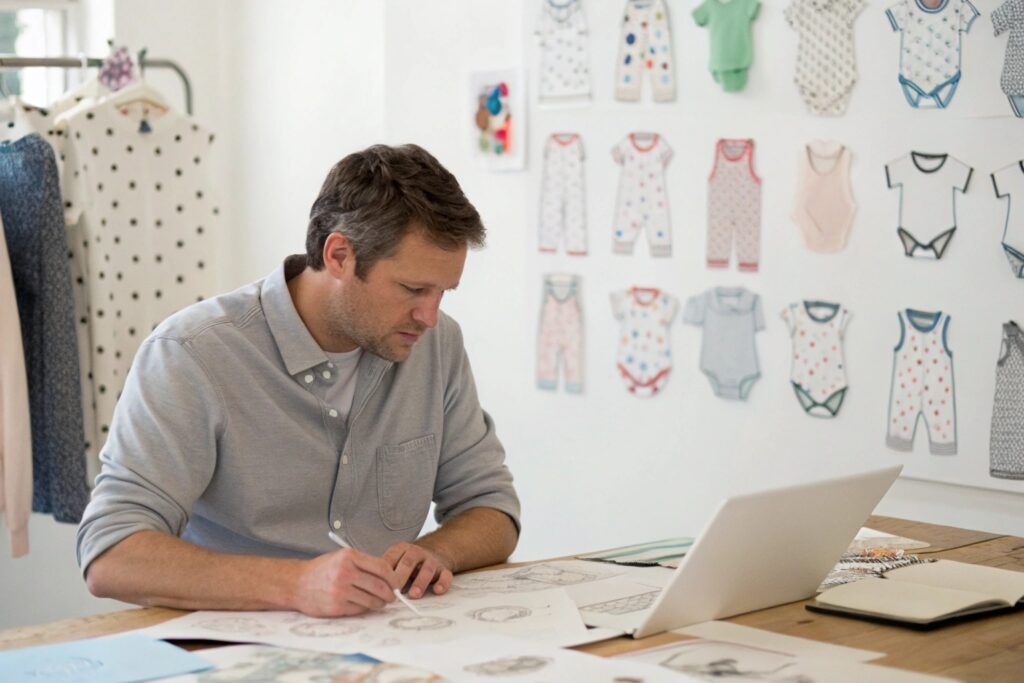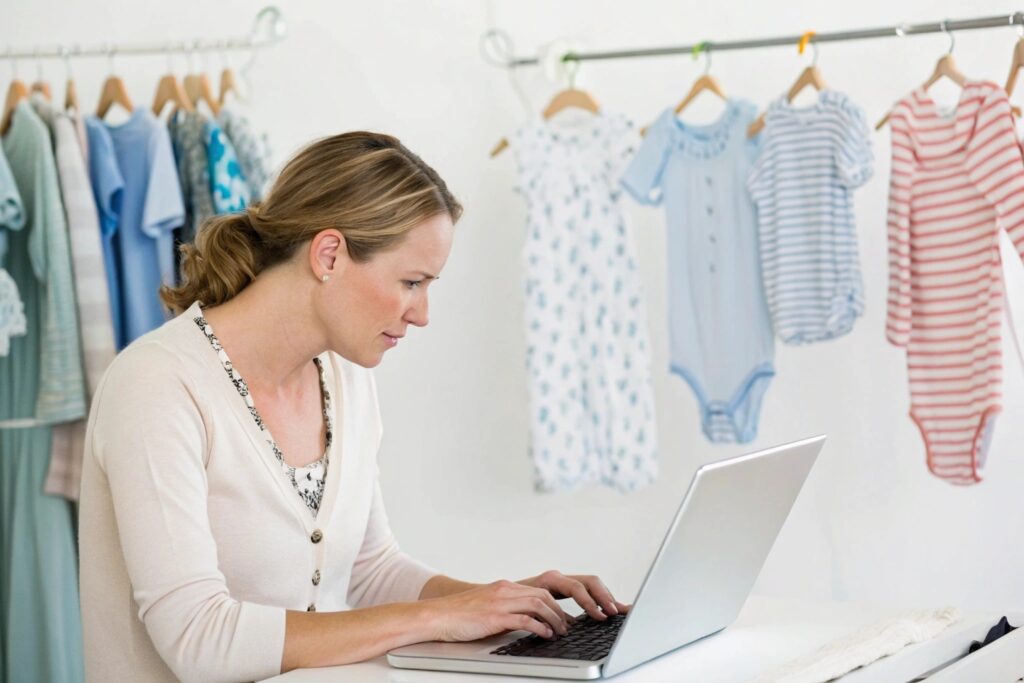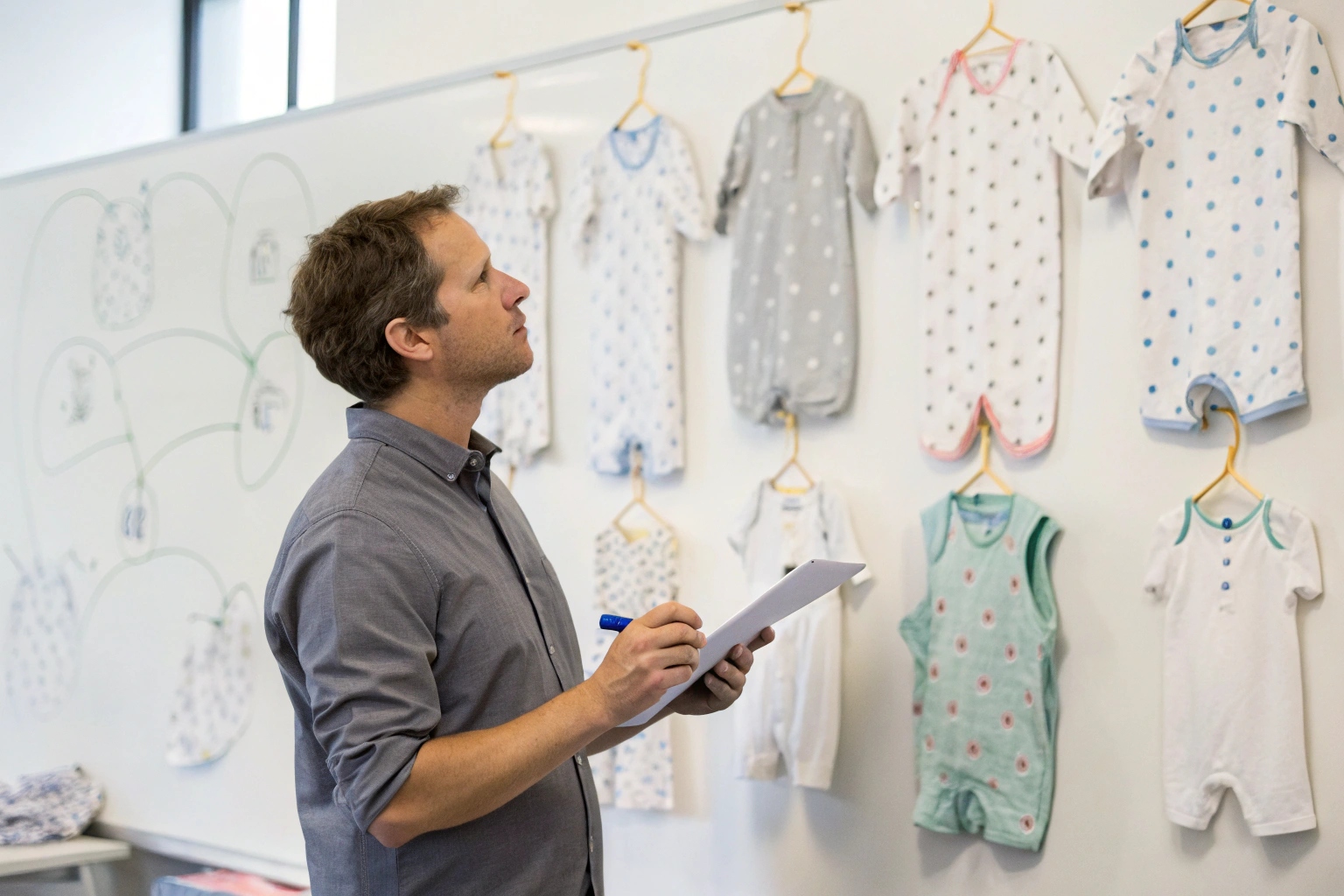Starting a children’s clothing store is a dream for many fashion-focused entrepreneurs. But turning that dream into a successful business takes more than just a love for cute clothes.
To launch a successful kidswear store, you’ll need a clear niche, legal setup, reliable sourcing partners, and a well-designed retail or eCommerce strategy.
Let’s break down the essential steps—from concept to opening day.
How to Choose the Right Niche and Target Audience?
The children’s apparel market is broad. If you try to serve everyone, you’ll serve no one well.
Choosing a specific niche—based on age, style, value, or purpose—helps you stand out, attract loyal customers, and build a focused product line.

Popular kidswear niches to consider:
| Niche Type | Example |
|---|---|
| Age-specific | Newborn, toddler, or preteen collections |
| Style-based | Organic minimalist, streetwear, princess |
| Occasion-focused | Formalwear, holiday sets, family matching |
| Value positioning | Budget basics vs. luxury heirloom pieces |
| Eco-conscious | Organic cotton, sustainable packaging |
Define your target buyer:
- Are you selling to style-conscious moms, grandparents, or baby shower gifters?
- Will your audience care more about price, sustainability, or unique designs?
- Are you targeting local shoppers, or building a global DTC brand?
The clearer your niche, the easier it is to design your collection, branding, and marketing.
What Licenses, Permits, and Legal Steps Are Required?
No matter how small your shop is, you need to set it up legally from the beginning.
To run a children’s clothing store, you’ll need business registration, sales permits, tax IDs, and—depending on location—product compliance for babywear.

Key legal steps (for U.S.-based businesses):
| Legal Requirement | Purpose |
|---|---|
| Business registration (LLC/Sole Prop) | Establishes your legal entity |
| EIN (Employer ID Number) | Needed for taxes and wholesale accounts |
| Sales tax permit | Required to collect and remit sales tax |
| Reseller license | Lets you buy wholesale tax-free |
| Liability insurance | Protects you from product-related claims |
| CPSIA compliance (for babywear) | Ensures safety standards for children’s clothes |
For online stores, don’t forget to include terms of service, privacy policy, and return policy pages on your website.
Consult a local accountant or attorney to ensure compliance with your region’s laws.
Where to Source Quality Kidswear at Wholesale Prices?
Whether you’re starting your own label or reselling ready-made styles, sourcing is everything.
Finding the right supplier—one that matches your brand’s price point, quality standards, and style—is the foundation of your inventory strategy.

Where to find kidswear suppliers:
| Sourcing Method | Details |
|---|---|
| Wholesale platforms | Faire, Tundra, Abound, FashionGo |
| Trade shows | Children’s Club, Playtime, Kind + Jugend |
| Overseas manufacturers | Alibaba, Made-in-China, private factory sourcing |
| Domestic brands | Partner with boutique or independent labels |
| Private label/OEM | Order custom designs from a manufacturer |
What to look for in a supplier:
- MOQ (minimum order quantity) that fits your scale
- Consistent quality and safe fabrics (GOTS, OEKO-TEX, CPSIA)
- Responsive communication
- Private label support (if building your own brand)
- Quick turnaround or local shipping options
Test with small orders and samples first—you’ll learn fast which suppliers you can grow with.
Tips for Setting Up a Retail Space or Online Store Successfully?
Where and how you sell matters just as much as what you sell.
Setting up a children’s clothing store requires intentional merchandising, intuitive navigation (for online shops), and a welcoming experience for busy parents.

Brick-and-mortar setup tips:
- Choose a family-friendly location with strong foot traffic
- Invest in easy-to-navigate racks and soft lighting
- Add a small play area or kid corner to encourage longer browsing
- Feature bundles (e.g., “newborn starter kits”) to increase cart size
- Use branded packaging for a polished experience
eCommerce setup tips:
- Build on platforms like Shopify, Wix, or Squarespace
- Use high-quality lifestyle and flat-lay product photos
- Make filters easy: by age, size, color, occasion
- Add size charts and fit guidance
- Offer bundle pricing or first-time discounts to drive conversions
| Sales Channel | Success Factor |
|---|---|
| Retail Store | Local experience + seasonal displays |
| Online Store | SEO, mobile design, fast checkout |
| Social + Marketplace | Reach (Instagram, Etsy, Amazon Handmade) |
A seamless shopping experience builds trust—and keeps customers coming back.
Conclusion
Launching a children’s clothing store takes careful planning, creative direction, and a strong grasp of both business and branding. From choosing your niche and sourcing inventory to meeting legal requirements and building your storefront—every detail matters. With the right foundation, your babywear business can grow into something both profitable and meaningful.










